Making your terrarium can be an amazing experience, allowing you to design a tiny ecosystem filled with greenery.
However, as you learn more about plants and glass, you will learn more about molds.
When you make your terrarium, you aim to create a miniature world where plants feel awesome.
But sometimes, mold can sneak in and disrupt this cool setting.
It’s essential to understand why mold appears in terrariums and whether it threatens your plant companions.
So, if you’re ready to begin on your make-your-own terrarium, let’s find out whether mold is a foe or just a passing cloud in your miniature garden.
Mold in a Plant Terrarium

Mold can become a problem for your plant terrarium, but understanding why it happens and how to prevent it can help you maintain an amazing mini-ecosystem.
You should use a Terrarium container to store it to prevent the damage.
Reasons for Mold in a Terrarium
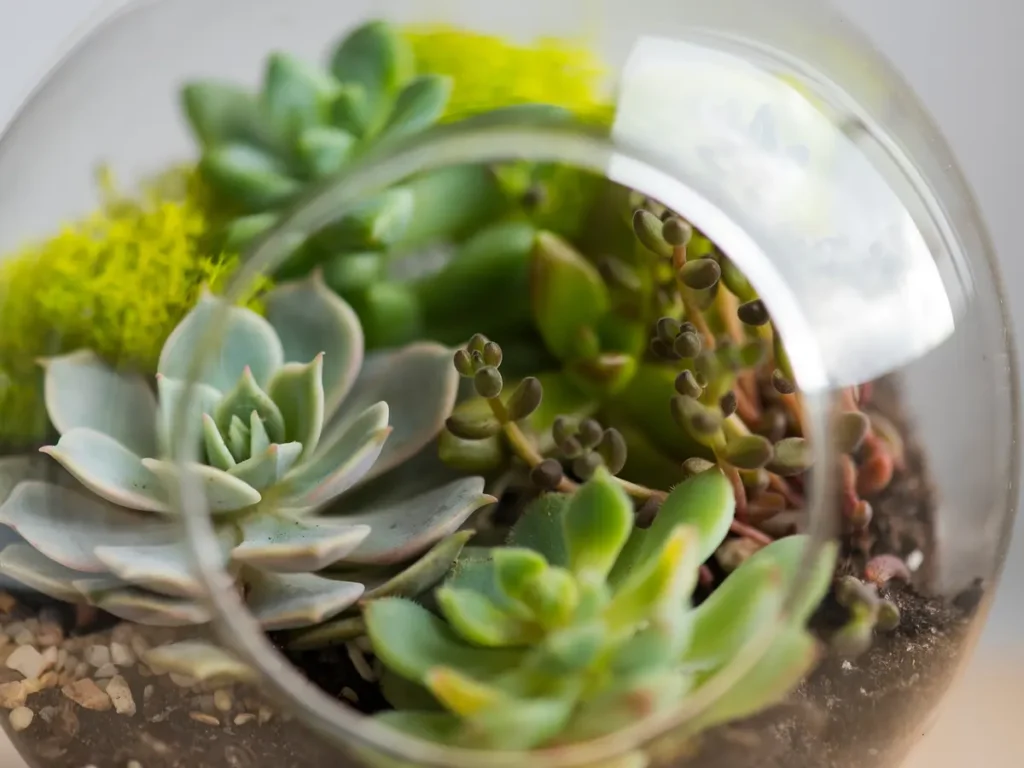
One common culprit behind mold in terrariums is excess water.
Without drainage holes to allow water to escape, moisture can become trapped, creating an environment where mold feels amazing.
Overwatering, even with the best intentions, can lead to mold issues.
Another factor is insufficient airflow. While amazing, closed or mostly closed terrariums can limit air circulation.
This stagnant air can trap moisture, providing the perfect conditions for mold spores to take hold.
Choosing the wrong plants for a closed terrarium can also contribute to mold problems. Some plants are better suited to these environments than others.
Getting Rid of Mold in Your Terrarium
When you notice mold in your terrarium, it’s crucial to act promptly.
Mold typically appears as white fluff or webbing and can manifest in various parts of the terrarium.
First, carefully remove the affected plants and any decorative items in the terrarium. Isolating them helps prevent the mold from spreading further.
Next, clean the container thoroughly with soap and hot water. This step is essential for disinfecting the terrarium and preventing mold from returning.
Don’t forget to wash any stones or other decorative elements you have. Replacing the soil is often necessary to eliminate mold.
In some cases, if only a portion of the terrarium is affected, you can remove the contaminated plant and replace it with a healthy one.
Preventing Mold in Your Terrarium

Preventing mold in your terrarium is more manageable than dealing with an existing mold issue. Here are some key steps to consider:
1. Importance of Good Drainage
Ensuring that your terrarium has proper drainage is crucial.
Without drainage holes, excess water accumulates, creating a breeding ground for mold.
Placing a layer of sand or rocks at the bottom of your terrarium can help catch excess water.
2. Avoiding Excess Water on Walls and Leaves
Mold is more likely to develop when water droplets or condensation accumulate on the walls of the terrarium or plant leaves.
Regularly wipe down the glass walls from the inside to minimize condensation.
3. Picking Compatible Plants
Choose plants with similar care requirements to create a perfect blend of terrarium environments.
Mixing plants with different humidity and light needs can lead to mold problems.
4. Proper Watering Habits
Balancing the frequency and amount of water you provide is crucial.
Overwatering can lead to mold, so pay attention to the specific needs of your plants.
Use horticulture charcoal. This helps filter and purify the air inside the terrarium, preventing mold and bad odors.
Differences: Mealybugs vs Mold

It’s important to distinguish between mealybugs and mold in your terrarium. Mealybugs are small, white insects with a thicker appearance.
They can infest your plants but are not mold.
To remove mealybugs, use an alcohol-soaked cotton bud to dab them off the affected plant parts gently.
If a significant portion of a plant is infested, it’s best to replace it with a healthy one.
Impact on Home Value

Now, let’s shift our focus from terrariums to another type of investment: swimming pools.
Adding a pool to your home can be an exciting prospect, but it’s essential to understand its impact on your property’s value.
How Much Value Does a Pool Add to Your Home?
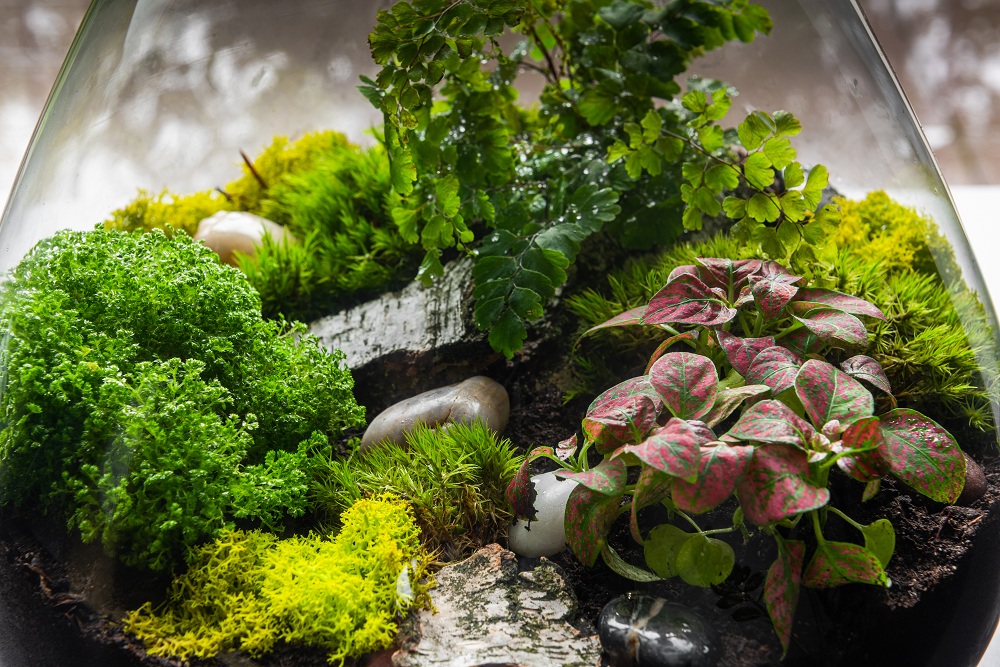
One key consideration when deciding on a pool is its impact on your home’s value.
While a pool can enhance your lifestyle, its effect on your property’s worth depends on several factors, including your location, climate, and neighborhood trends.
Regular Pool Maintenance

Owning a pool requires regular maintenance to ensure it remains clean, safe, and functional.
This maintenance includes tasks such as cleaning, checking chemical levels, and inspecting pool equipment.
You should have a Terrarium toolset with small tools for planting, pruning, and arranging plants inside the terrarium.
Choosing the Right Pool Size for Your Yard

If you’re contemplating adding a pool to your property, selecting the right size is crucial.
Consider factors like your household size and available yard space when deciding.
Recommendations for pool deepness and size should align with your specific needs and the dimensions of your yard.
Conclusion
Having mold in a terrarium can be a little problem. Always being precautious is the best cure.
Keeping things like water, air, and plants balanced can help keep that pesky mold away. And if you do find some, don’t worry.
You can take out the affected parts and give your terrarium a good clean. Just like that, it’ll be back to its green and happy self.
So, is mold all that bad in a terrarium? Well, yes and no. It’s a sign that something needs a little adjustment, but it’s also a chance for you to learn and make your terrarium even better.
And if you ever see a bit of mold, now it’s not a problem as you know how to handle it now.

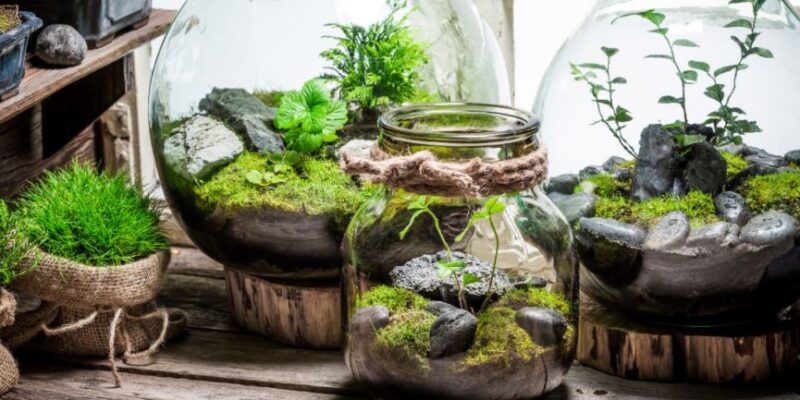



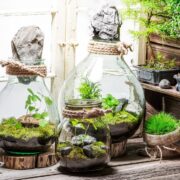

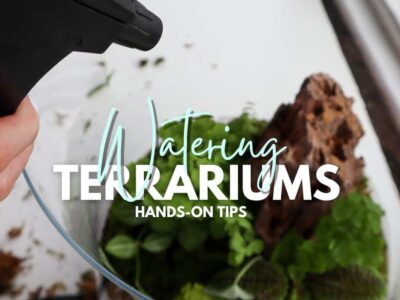
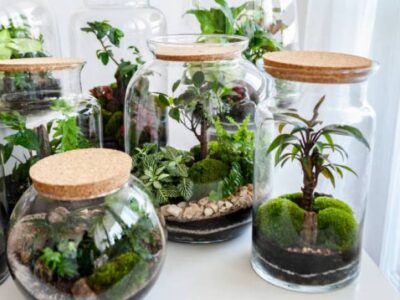

Comments